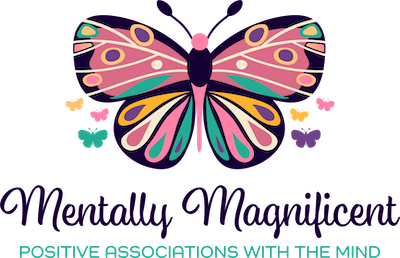An unfortunate trend that is being seen is the increase in the occurrence of mental health issues in black youth. The CDC states that suicide is the 3rd leading cause of death among black youth ages 15-24 (CDC, 2020). Of these findings, 164 adolescent girls and 609 adolescent males died of suicide in 2017 and rates have had an increase of 73% between 1991 and 2017 (Curtin & Hedegaard, 2019). These numbers are concerning for both females and males. The rate of male suicide was especially concerning to me; however, it has caused me to want to know what are the contributors to the massive increase in our community?
It’s not new news to discuss the impact that racial discrimination has had on black people, especially African Americans, in this country. The concern, however, is black people have lived with this since being in America, yet we are just now seeing these increased rates of depression and suicide. So, what’s different? When attempting to find the resolution, on any matter, having an awareness of the cause, is key.
I’ve discussed previously, how lack of access, and some of the contributors, affect black people from receiving mental health services. For our youth, especially in poor communities, mental health services are nearly obsolete. One suggestion that I took notice of was the thought of having more school-based mental health services in our schools. This would be especially important in low-income communities. Be it that School is where youth spend most of their time, it would be a place to receive these services. With this, mental health screening for depression could recognize youth who are dealing with mental health issues. Early intervention decreases suicide rates (Syed & Sharp, 2013).
The severity of symptoms is another factor. Black youth come from a traumatic history indirectly and some, directly. Often, where poverty is a factor also is the factor of the occurrence of traumatic experiences. Increased trauma tends to show up with levels of intensity in mental state. For example, the increased rate of suicide for black youth can be attributed to the level of discrimination they experience even in comparison to black girls. A study showed how black boys are seen as less childlike in their youth. This impacts how they are disciplined in school settings, even when very young (DeGruy, 2005). There is a lack of compassion that is shown to our black youth but for our black males, this is magnified.
The composition of the family is important as this has changed, and it makes me wonder if it impacts today’s changes in mental health. I have said before how the community is a big part of black culture and, as our generations continue to assimilate into a culture that is much more individualistic, how much is this impacting our well-being? With increased incarceration rates or black men, single-family households, a decrease in the authentic connections we have in our homes because of technology of various forms, and the further disconnection from our ancestral culture, our families have suffered.
I do not bring these things up to be of discouragement. Remember, with awareness of the cause, comes more clear resolution. I am encouraged for our communities. I see a vision and I feel a cultural shift occurring. Be a part of the shift by finding how you can contribute to the healing that is taking place. It starts with me. It starts with you.
Centers for Disease Control and Prevention (CDC). (2020). WISQARS leading causes of death reports. Retrieved from https://webappa.cdc.gov/sasweb/ncipc/ leadcause.html.
Curtin, S., & Hedegaard, H. (2019). Suicide rates for females and males by race and ethnicity: United States, 1999 and 2017. National Center for Health Statistics. Retrieved from: https://www.cdc.gov/nchs/data/hestat/suicide/ rates_1999_2017.pdf
DeGruy, J.(2005). Post Traumatic Slave Syndrome: Americas Legacy of Enduring Injury & Healing. United Stated: Uptone Press.
Syed, S. T., Gerber, B. S., & Sharp, L. K. (2013). Traveling towards disease: Transportation barriers to healthcare access. Journal of Community Health, 38(5), 976–993. https://doi.org/10.1007/s10900-013-9681-1









